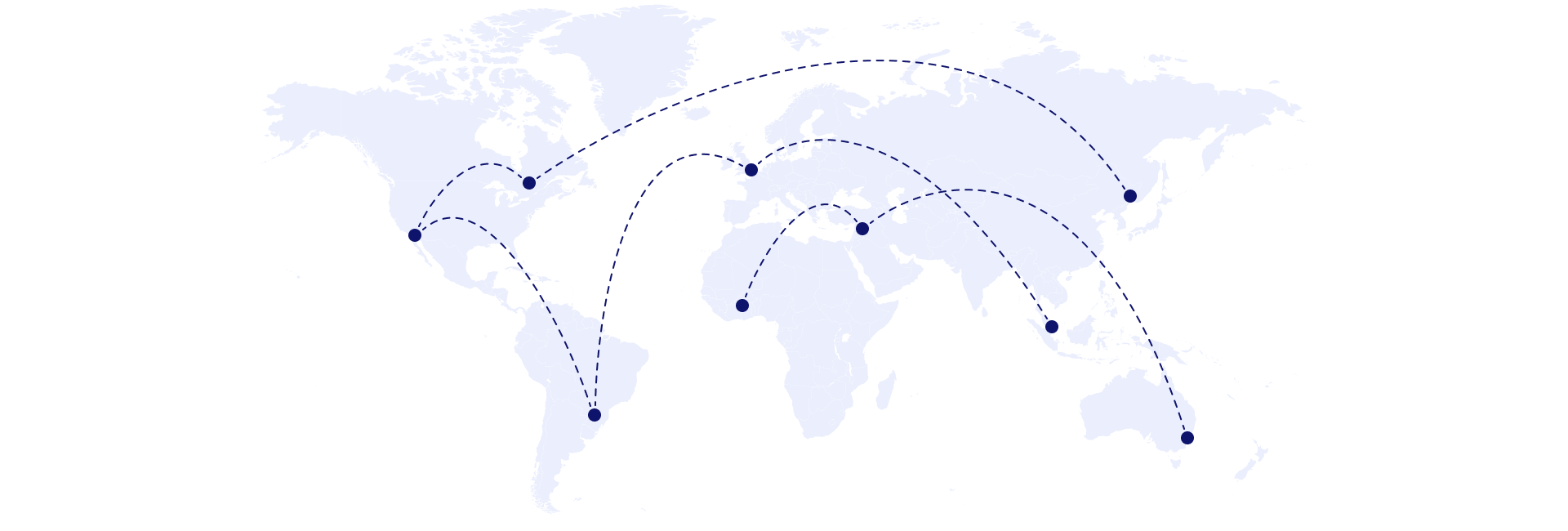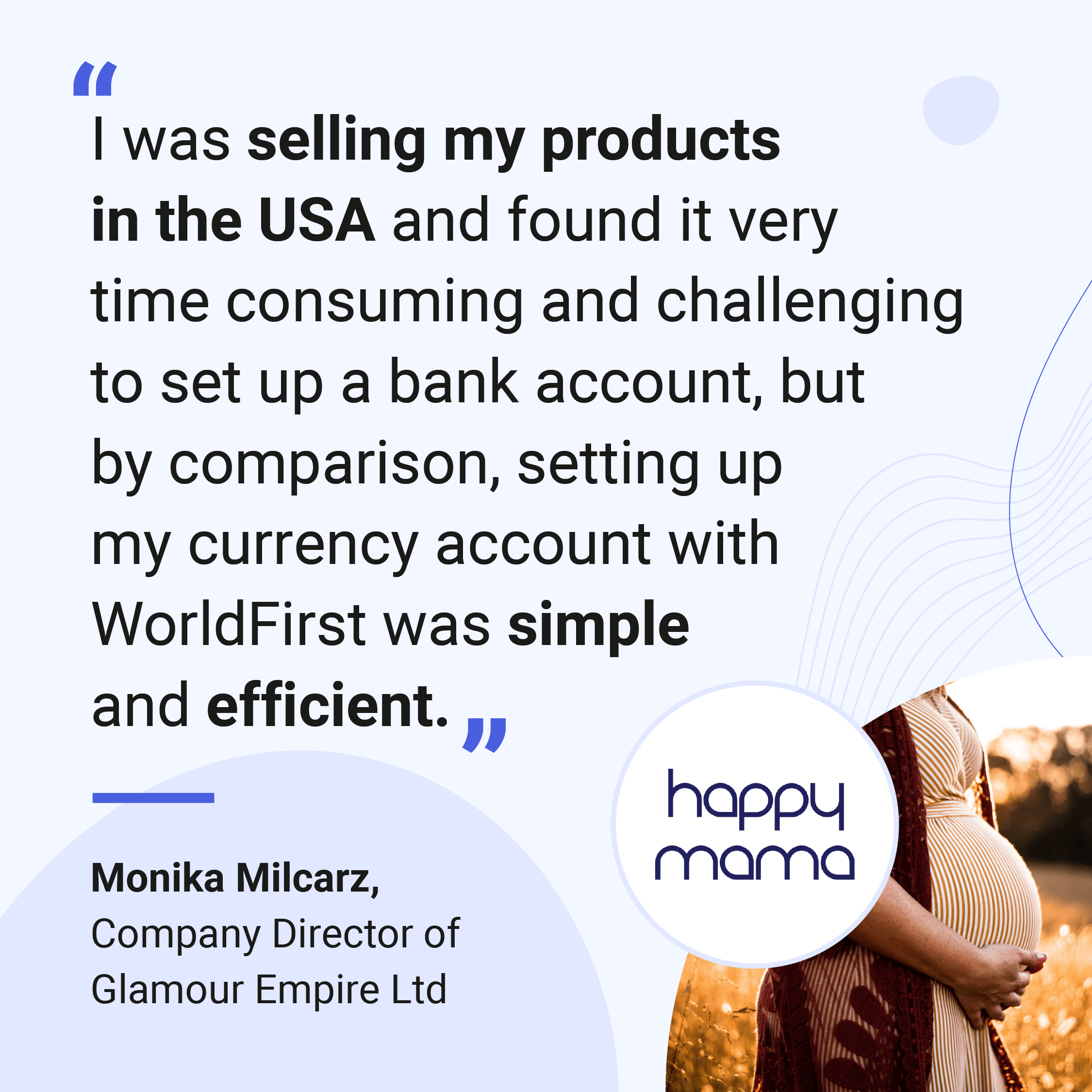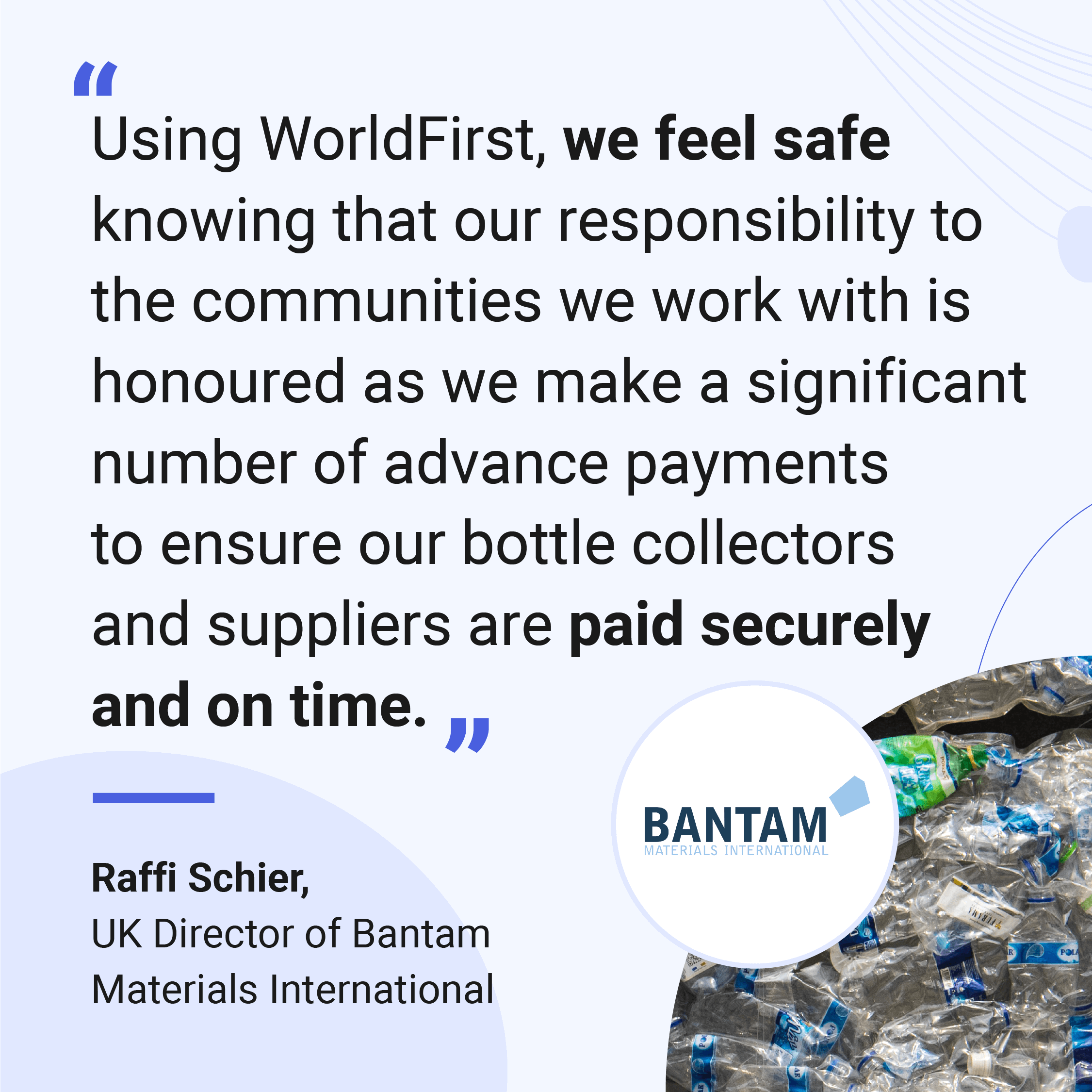
Transfer pricing is a means of pricing used when two companies part of the same multinational corporate group, trade goods, services or assets across borders. For an example, if a subsidiary company sells goods to its parent company in a different jurisdiction, the cost it pays its subsidiary for these items is known as the transfer price.
Transfer pricing in taxation | What is the purpose of transfer pricing?
Transfer pricing refers to the internal pricing system used between related parties. It determines how much profit is reported and the tax rate to be paid. Transfer pricing is especially important for taxpayers as well as national and international tax authorities as they are responsible for managing cross-border flows within a multinational enterprise (MNE). The transfer price between group companies should be set at arm’s length rate. That is, the rate which a third party would charge. The OECD has set guidelines for how a transfer price should be determined, which the majority of global tax jurisdictions follow and incorporate into their own domestic tax law.
Transfer pricing guidelines for multinational enterprises and tax administrations
The Organisation for Economic Cooperation and Development (OECD) was founded in 1961 in order to encourage economic progress and world trade. Comprising of 37 countries, it is an intergovernmental economic organisation that works to find shared solutions to common goals. As part of this, they have the OECD Transfer Pricing Guidelines for Multinational Enterprises and Tax Administrations. The OECD guidelines serve to provide direction on the application of the “arm’s length principle” which governs the international consensus on transfer pricing.
Transfer pricing rules and the arm’s length principle
Endorsed by the OECD, tax authorities created this principle to ensure that goods are valued at their fair market price. In accordance with article 9 of the OECD Model Tax Convention, it ensures individual group members of a multi-national enterprises are taxed on the basis that they adhere to the arm’s length’s principle when they conduct business with each other to avoid issues with pricing and corporate tax payments. For tax purposes, this means the transfer price should always be the same as it would if the companies were belonging to two unrelated parties operating in the same market space, as opposed to the same corporate structure.
Are there any exemptions to the transfer pricing rules?
In the UK, there is an exemption for transactions carried out by the majority of small and medium sized enterprises (SMEs).
- If your business has no more than 50 staff and an annual turnover of less than €10 million (‘small enterprise’)
- If your business has more than 250 staff and an annual turnover less than €50 million (‘medium enterprise’)
It’s worth noting, however, that in the case of some medium sized enterprises, HMRC may issue a transfer pricing notice and ask them to calculate their taxable profits according to the legislation.
Open a World Account for free
- Open up to 15 local currency accounts, with local sort codes, account numbers and IBANs
- Collect secure payments from 130+ marketplaces, overseas buyers and payment processing gateways
- Pay suppliers, partners and staff in 40 currencies without hidden fees
- Pay and get paid easily with local bank details on your invoices
- Lock in conversion rates to manage your currency risk
Resolving pricing issues | What is a transfer pricing audit?
With differing requirements across different tax jurisdictions, determining transfer pricing can be a time-consuming task. Both local and regional tax authorities carry out extensive pricing audits of financial statements to ensure that compliance regulations are met by companies. Transfer pricing audits are mandatory and cannot be avoided – tax authorities decide who to perform an audit on, and who not to. As long as a company is able to validate their transfer pricing policy through solid substantiated documentation there should be minimal risks involved.
Transfer Pricing Methods | What strategies are used to determine transfer pricing? According to the OECD guidelines, there are five methods of establishing transfer pricing:
The Comparable Uncontrolled Price (CUP) method: The CUP method looks at comparable transactions made between related and unrelated organisations. By comparing the price of good and services in an intercompany transaction with the price used by independent parties, a benchmark price that the tax authorities will accept can be determined. This is the most common method employed of all the five.
The Cost Plus Percent Method (CPM): Comparing gross profit to cost of sales, the cost plus method doesn’t just look at the price per product, but instead measures the cost plus mark-up (the actual profit earned from the products). Once the mark-up is determined, it should be equal to what a third party would make for a comparable transaction, in a comparable context with similar external market conditions. This is one of the most common transfer pricing methods used by Internal Revenue Service (IRS) economists. It is also widely used by taxpayers.
The Resale Price Method (RPM): Much like the cost plus method, the resale price method also looks at groups of transactions rather than individual transactions (like with the CUP method). Commonly used by resellers and distributors, as opposed to manufacturers, RPM is based on the gross margin or difference between the price at which a product is purchased and the price it is sold on to a third party.
Transaction Net Margin Method (TNMM): Favoured by the majority of multinational corporates, TNMM is based on the net profit of a controlled transaction, rather than comparable external market pricing. The net profit is then compared with the net profit of independent enterprises. In this case, comparisons do not have to be like for like and can qualify as long as they are “broadly similar”.
The Profit-Split Method: In many cases, two related companies often work on the same business venture, but separately. When this happens, the transfer pricing would be based on profit, as with TNMM. The profit-split method therefore evaluates how the profit associated with a particular transaction would have neem divided between the independent parties involved.
What is funds transfer pricing?
Funds-transfer-pricing (FTP) is a system used by banks and financial institutions to measure the performance of different units of its organisation. FTP is a regulatory requirement and is essential component of managing a bank’s profitability, internal market for liquidity, and FX position.
How do transfer pricing and customs valuation rules differ?
Tax authorities and customs authorities typically have different objectives when evaluating the value of goods traded between related parties. Whilst tax authorities seek to ensure that the value of transacted good are not excessive and are comparable to those of unrelated parties, customs are looking to find a way to accurately assess the amount of customs duty to be paid. If your goods, plus any postage, packaging and insurance are valued above £630, you will need to pay a UK customs duty on any commercial imports from outside of the European Union (EU). Some of the key differences between the transfer pricing and customs valuation are outlined below:
| Transfer Pricing | Customs Validation |
| Annual, aggregated assessment | Transaction based |
| Applies to good, services and intellectual property | Applies solely to goods |
| Value is retrospective | Valuation confirmed at point of customs clearance |
Conclusion
Whether you’re a small and medium sized business or a large- scale operation, transfer pricing can present international tax issues. That’s why it’s vital to review your transfer pricing strategy to try and mitigate market and credit risks, whilst complying with global compliance regulations.
Stay connected
If you’re an importer of goods or services making international payments, our dedicated team are to support your business needs. Contact the team today to find out how to better to manage your budget and spend.

Businesses like yours trust WorldFirst
- Almost 1,000,000 businesses have sent $150B around the world with WorldFirst and its partner brands since 2004
- Your money is safeguarded with leading financial institutions

What our customers say about our services




